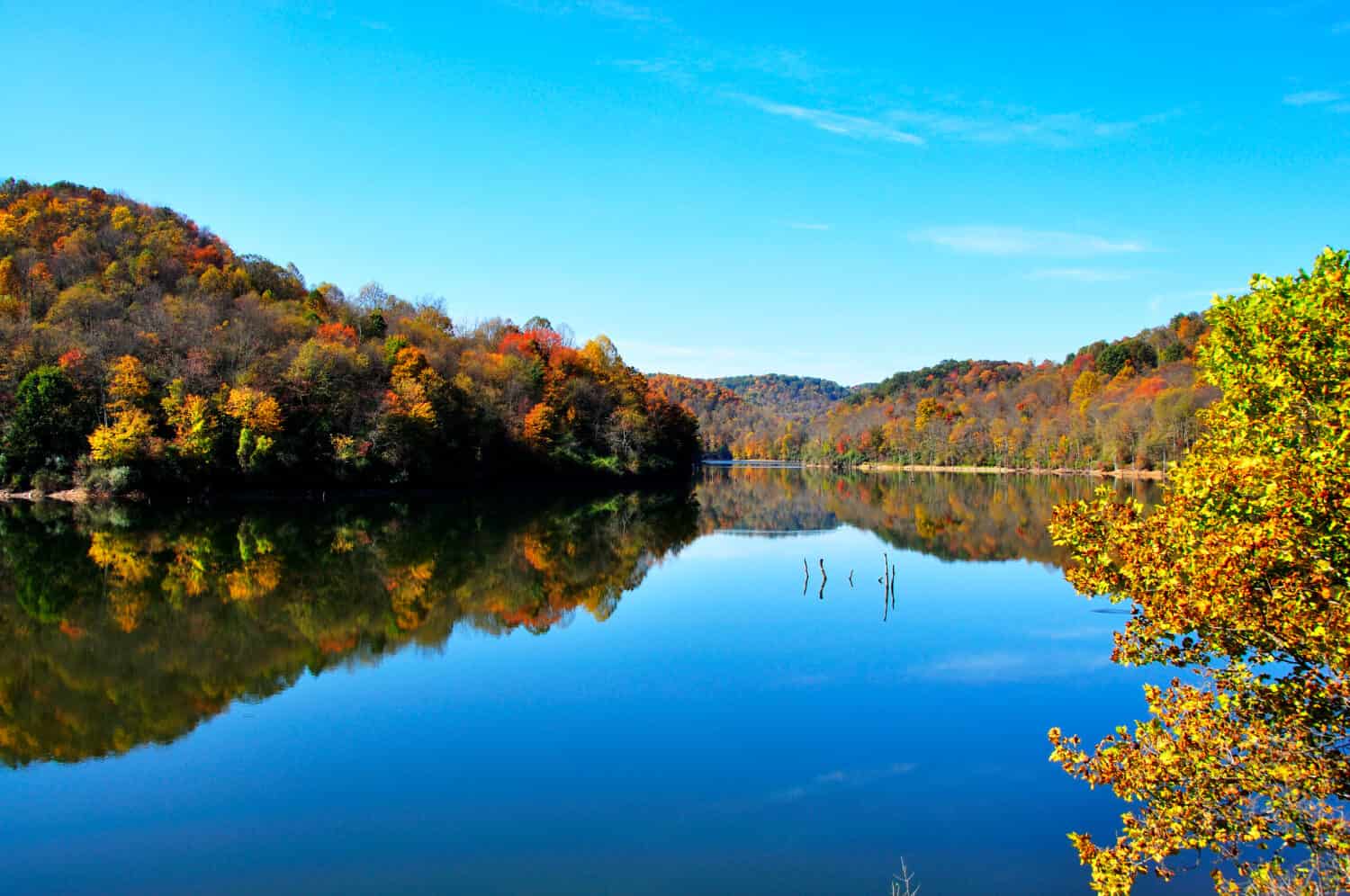West Virginia is a fairly small state, with a total distance of about 280 miles from East to West. The longest route across the state will take you diagonally from the convergence of Kentucky, Ohio, and West Virginia to the intersection of the West Virginia-Virginia state line in Harpers Ferry.
The most eastern and western points of West Virginia have one thing in common. From the Tug Fork River in the southwest to the confluence of the Potomac and Shenandoah Rivers in the northeast, water is a vital resource for the state’s residents and wildlife.
Becoming the 35th State
West Virginia was officially declared as the 35th state on June 20, 1863. But before that, it was originally part of Virginia. Tensions were high due to the Civil War — southern Virginia wanted to succeed from the Union while western Virginia did not. To ratify this, Virginia agreed to separate into a new state.
After the state’s constitution was created, Senator Waitman T. Willey asked Congress to admit West Virginia into the Union. President Abraham Lincoln was responsible for signing the bill that made this happen.
Geography of the Mountain State
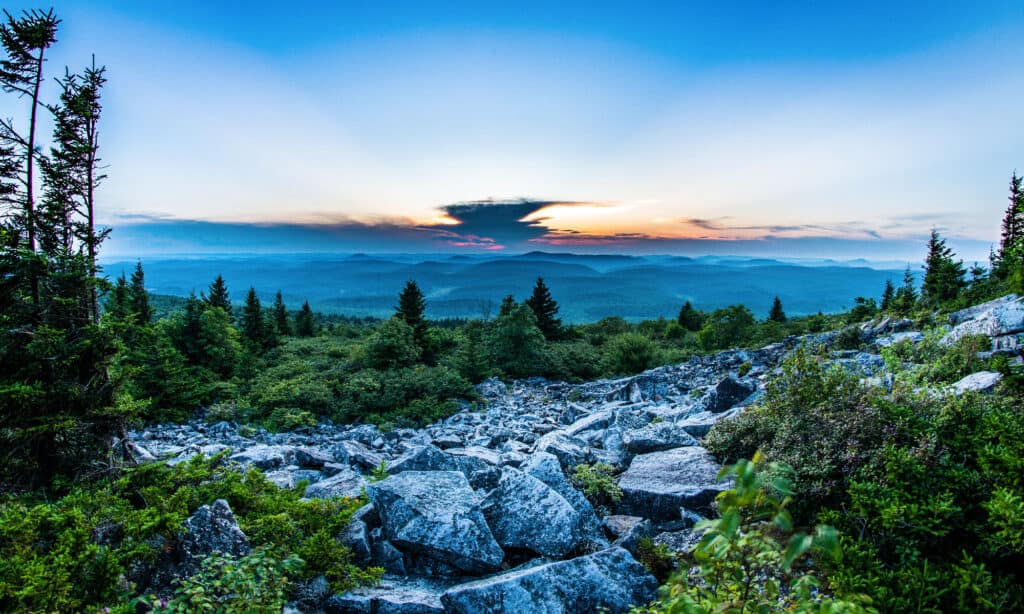
Spruce Knob is the highest point of elevation in West Virginia among the Appalachian Mountains.
©J Paulson/Shutterstock.com
Beyond the politics of how West Virginia came to be, it’s important to understand why the citizens wanted to be separated from Virginia.
A map of West Virginia shows a terrain sweeping with mountain peaks and deep valleys, with rivers rushing throughout the state and creating natural borders that separate it from Ohio, Kentucky, and Virginia.
It’s called the Mountain State because it has a higher average elevation than any state east of the Mississippi River (1,500 feet!) and is the only U.S. state 100% within the Appalachian Mountain region. If you don’t know much about this historic mountain range, now is a good time to learn!
Appalachian Mountains
The Appalachian Mountains hold a rich history. Over millions of years, the mountains have been carved by erosion from rushing rivers that contribute to its unique landscape.
The topography of the land means about 1/3 of the state towns rest alongside the rivers or in urban areas. The other 3/4 can be found living in “hollers” — small valley towns between hills with local residents who adopt a slow pace or an alternative lifestyle — that dot the mountain terrain.
You can’t talk about this mountain range without mentioning the Appalachian Trail (AT). It’s an infamous north-south trail for hikers spanning 2,184 miles from Maine to Georgia. It passes through Harpers Ferry, a major West Virginia town at the narrowest point in the state between two wide, expansive rivers.
The Eastern American Discovery Trail
Like the AT, the American Discovery Trail (ADT) runs through West Virginia. However, this trail traverses the entire U.S. east to west, including the upper half of West Virginia. The trail winding through West Virginia is divided into four segments, totaling 288.6 miles long.
New River Gorge National Park & Preserve
Another interesting part of West Virginia’s geography is the New River Gorge National Park & Preserve. This is the newest national park in the country, and for good reason.
While the state isn’t known to have prime farmland, it makes up for that with its scenic views, biodiversity, and abundant natural resources. In fact, some of the state’s rarest plants grow in this preserve! It was established to protect the waterway and allow people to discover why West Virginia is known as “Almost Heaven.”
West Virginia’s True Size
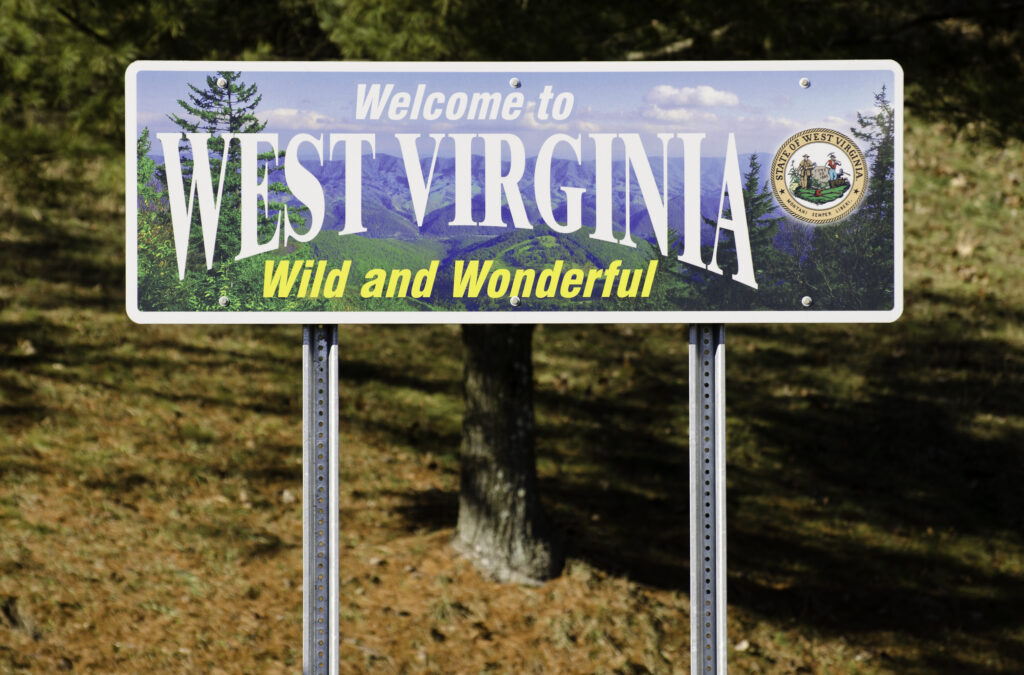
West Virginia is only 280 total miles across traveling East to West.
©LesPalenik/Shutterstock.com
With 1.7 million residents as of 2023, this makes West Virginia the 12th-least populous state in the U.S. Here are some fast facts about West Virginians:
- 92% of residents are White
- The median household income is just over $50,000 a year
- 80% of residents don’t hold a college degree
Is West Virginia a Kentucky Clone?
With a total distance of 425 miles East to West, Kentucky is not a similar size to West Virginia. It’s 1.6x bigger! However, the two states have comparable demographics, culture, infrastructure, and geography.
Kentucky was recognized as an official state nearly 70 years before West Virginia in 1792 and is most known for its tobacco and hemp plantations as well as its historical coal mines. Despite these similarities, the population numbers differ dramatically. 4.5 million residents live in the Bluegrass State, which is 2.8 million more than West Virginia!
Natural Resources
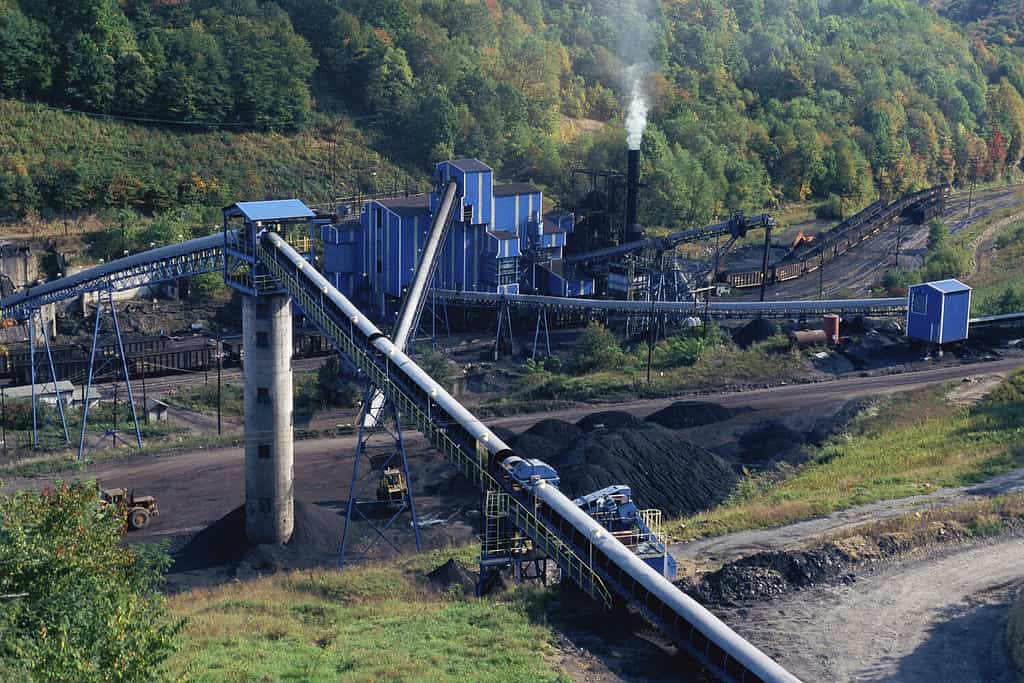
Coal is a historic natural resource for the Mountain State.
©Joseph Sohm/Shutterstock.com
We know that West Virginia isn’t the widest or largest state in the U.S., so what makes it so special? The state boasts an array of plant and animal life due to its mountainous landscape and free-flowing waterways. It also offers an abundance of natural resources unique to West Virginia.
Coal
Historically, coal was the most important (and abundant) natural resource in West Virginia. Coal deposits exist in 53 of the 55 counties within the state.
In 1883, major rail lines were finished and production climbed to almost 3 million tons of coal that year. That is why many West Virginia families were in the coal mining industry — it was a ticket to a decent life in the state they loved so much.
Timber
Timber is another popular natural resource from West Virginia. Across the mountains stand towering oak, spruce, and hemlock trees prime for logging.
The West Virginia Division of Forestry reports that the wood industry generates $3.2 billion annually for the state’s economy and provides more than 30,000 jobs within the state.
Wildlife in West Virginia
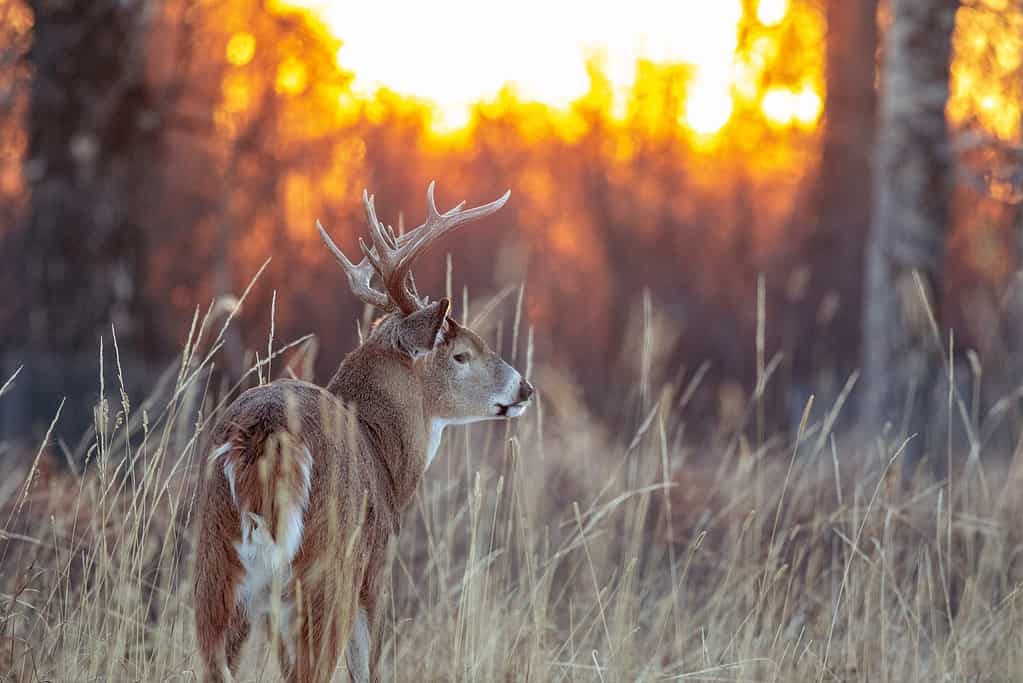
White-tailed deer have adapted to many different habitats such as grasslands, forests, and even urban areas.
©iStock.com/Wirestock
The landscape and abundance of resources in West Virginia allow for a variety of flora and fauna to thrive. This includes 57 species of amphibians and reptiles, 70 wild mammals, 178 species of fish, nearly 300 species of bird, and numerous species of plants and fungi like:
- Trout
- White-tailed deer
- Endangered elk
- Fresh-water mussels
- Songbirds
- Turtles
- Salamanders
- Dogwood shrubs
- Red spruce trees
- Hazelnuts
Wild and Wonderful West Virginia
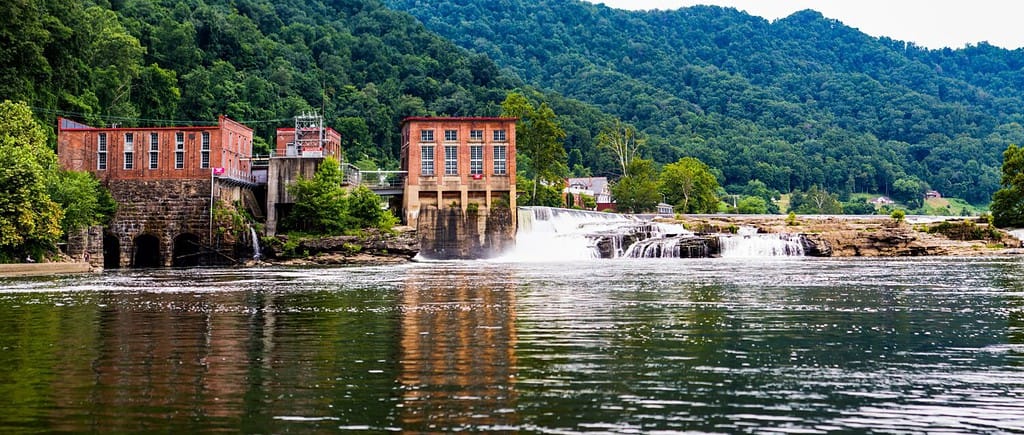
Kanawha Falls is the largest waterfall in West Virginia.
©canonball photography/Shutterstock.com
With a total distance of around 280 miles from East to West, West Virginia is not the widest state in the U.S. But what it lacks in miles it makes up for in rich history, stunning topography, and devoted residents who love West Virginia for exactly what it is.
Come see for yourself what the Mountain State is all about!
Thank you for reading! Have some feedback for us? Contact the AZ Animals editorial team.

